

E-Books → Algorithms and Architectures for Parallel Processing (2024)
Published by: voska89 on 31-01-2024, 23:59 |  0
0
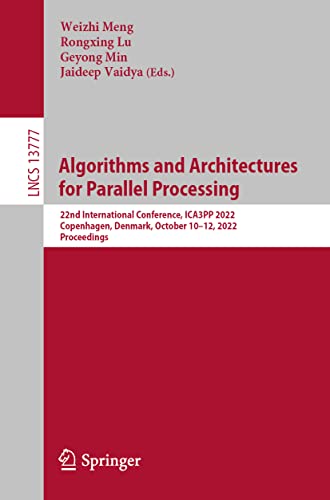
Free Download Algorithms and Architectures for Parallel Processing: 22nd International Conference, ICA3PP 2022, Copenhagen, Denmark, October 10-12, 2022, Proceedings by Weizhi Meng, Rongxing Lu, Geyong Min, Jaideep Vaidya
English | EPUB | 2023 | 818 Pages | ISBN : 3031226763 | 100.7 MB
This book constitutes the refereed proceedings of the 22nd International Conference on Algorithms and Architectures for Parallel Processing, ICA3PP 2022, which was held in October 2022. Due to COVID-19 pandemic the conference was held virtually.
E-Books → Algorithms for Efficient and Fast 3D–HEVC Depth Map Encoding
Published by: voska89 on 31-01-2024, 19:21 |  0
0
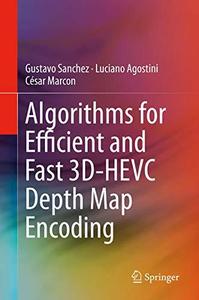
Free Download Algorithms for Efficient and Fast 3D-HEVC Depth Map Encoding By Gustavo Sanchez; Luciano Agostini; César Marcon
2019 | 83 Pages | ISBN: 3030259277 | EPUB | 16 MB
This book describes and analyzes in detail the encoding effort and the encoding tool usage applied to 3D-HEVC depth map coding. Based on the analyzed information, the authors introduce efficient algorithms for accelerating the available encoding tools. The contributions discussed in this book include four algorithms for reducing intra-frame encoding effort and three algorithms for reducing inter-frame encoding effort. The presented results demonstrate several levels of encoding effort reduction with different impacts in the encoding efficiency, surpassing state-of-the-art solutions by more than 50% the encoding effort with only 0.3% encoding efficiency loss.
E-Books → Models and Algorithms for Genome Evolution
Published by: voska89 on 30-01-2024, 07:30 |  0
0

Free Download Models and Algorithms for Genome Evolution By Chauve, Cedric;El-Mabrouk, Nadia;Tannier, Eric
2013 | 328 Pages | ISBN: 1447152980 | EPUB | 3 MB
Part I: Emergence of Standard Algorithms -- What's Behind Blast -- Forty Years of Model-Based Phylogeography -- How to Infer Ancestral Genome Features by Parsimony -- Duplication, Rearrangement and Reconciliation -- The Genesis of the DCJ Formula -- Part II: New Lights on Current Paradigms -- Large-Scale Multiple Sequence Alignment and Phylogeny Estimation -- Rearrangements in Phylogenetic Inference -- Status of Research on Insertion and Deletion Variations in the Human Population -- A Retrospective on Genomic Preprocessing for Comparative Genomics -- A Comparison of DCJ and Algebraic Distances -- Part III: Promising Directions -- Fractionation, Rearrangement, Consolidation, Reconstruction -- Error Detection and Correction of Gene Trees -- The Potential of Family-Free Genome Comparison -- Genetic History of Populations.
E-Books → Classification Algorithms for Codes and Designs
Published by: voska89 on 30-01-2024, 06:49 |  0
0
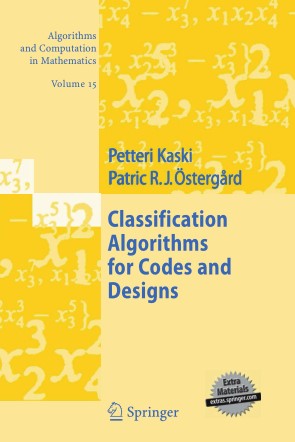
Free Download Classification Algorithms for Codes and Designs by Petteri Kaski , Patric R.J. Östergård
English | PDF | 2006 | 414 Pages | ISBN : 3540289909 | 4 MB
A new starting-point and a new method are requisite, to insure a complete [classi?cation of the Steiner triple systems of order 15]. This method was furnished, and its tedious and di?cult execution und- taken, by Mr. Cole. F. N. Cole, L. D. Cummings, and H. S. White (1917) [129] The history of classifying combinatorial objects is as old as the history of the objects themselves. In the mid-19th century, Kirkman, Steiner, and others became the fathers of modern combinatorics, and their work - on various objects, including (what became later known as) Steiner triple systems - led to several classi?cation results. Almost a century earlier, in 1782, Euler [180] published some results on classifying small Latin squares, but for the ?rst few steps in this direction one should actually go at least as far back as ancient Greece and the proof that there are exactly ?ve Platonic solids. One of the most remarkable achievements in the early, pre-computer era is the classi?cation of the Steiner triple systems of order 15, quoted above. An onerous task that, today, no sensible person would attempt by hand calcu- tion. Because, with the exception of occasional parameters for which com- natorial arguments are e?ective (often to prove nonexistence or uniqueness), classi?cation in general is about algorithms and computation.
E-Books → Algorithms and Data Structures in VLSI Design OBDD – Foundations and Applications
Published by: voska89 on 30-01-2024, 06:33 |  0
0
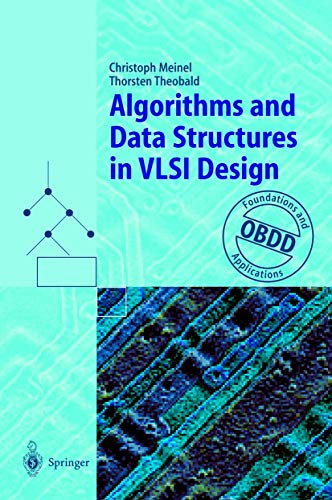
Free Download Algorithms and Data Structures in VLSI Design: OBDD - Foundations and Applications by Christoph Meinel , Thorsten Theobald
English | PDF | 1998 | 271 Pages | ISBN : 3540644865 | 33 MB
One of the main problems in chip design is the huge number of possible combinations of individual chip elements, leading to a combinatorial explosion as chips become more complex. New key results in theoretical computer science and in the design of data structures and efficient algorithms, can be applied fruitfully here. The application of ordered binary decision diagrams (OBDDs) has led to dramatic performance improvements in many computer-aided design projects. This textbook provides an introduction to the foundations of this interdisciplinary research area with an emphasis on applications in computer-aided circuit design and formal verification.
E-Books → Multiobjective Evolutionary Algorithms and Applications (2024)
Published by: voska89 on 2-01-2024, 01:13 |  0
0
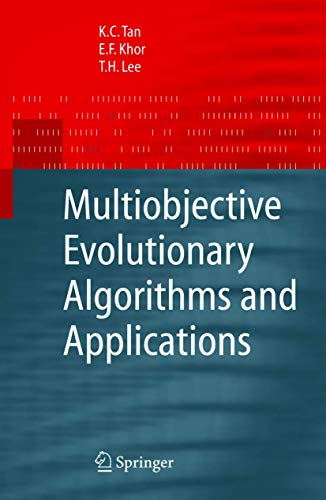
Free Download Multiobjective Evolutionary Algorithms and Applications by K.C. Tan , E.F. Khor , T.H. Lee
English | PDF(True) | 2005 | 295 Pages | ISBN : 1852338369 | 144.7 MB
Multiobjective Evolutionary Algorithms and Applications provides comprehensive treatment on the design of multiobjective evolutionary algorithms and their applications in domains covering areas such as control and scheduling. Emphasizing both the theoretical developments and the practical implementation of multiobjective evolutionary algorithms, a profound mathematical knowledge is not required.
E-Books → Machine Vision Algorithms in Java Techniques and Implementation
Published by: voska89 on 2-01-2024, 00:41 |  0
0
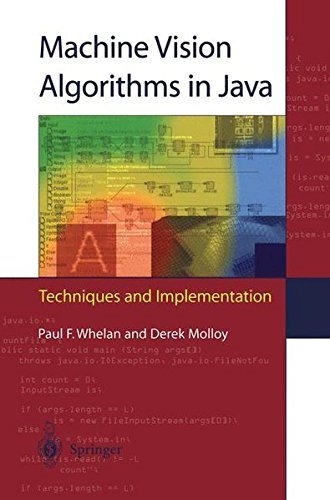
Free Download Machine Vision Algorithms in Java: Techniques and Implementation by Paul F. Whelan , Derek Molloy
English | PDF | 2001 | 292 Pages | ISBN : 1852332182 | 7.5 MB
Machine Vision Algorithms in Java provides a comprehensive introduction to the algorithms and techniques associated with machine vision systems. The Java programming language is also introduced, with particular reference to its imaging capabilities. The book contains explanations of key machine vision techniques and algorithms, along with the associated Java source code.
E-Books → Logic Minimization Algorithms for VLSI Synthesis
Published by: voska89 on 2-01-2024, 00:38 |  0
0
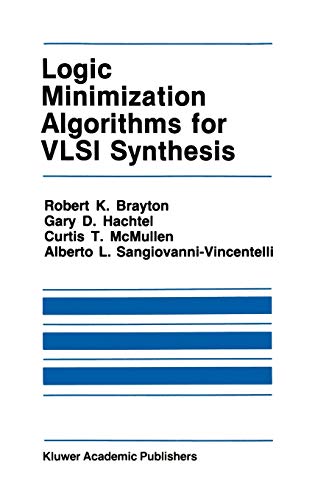
Free Download Logic Minimization Algorithms for VLSI Synthesis by Robert K. Brayton , Gary D. Hachtel , Curtis T. McMullen , Alberto L. Sangiovanni-Vincentelli
English | PDF | 1984 | 204 Pages | ISBN : 0898381649 | 11 MB
The roots of the project which culminates with the writing of this book can be traced to the work on logic synthesis started in 1979 at the IBM Watson Research Center and at University of California, Berkeley. During the preliminary phases of these projects, the impor tance of logic minimization for the synthesis of area and performance effective circuits clearly emerged. In 1980, Richard Newton stirred our interest by pointing out new heuristic algorithms for two-level logic minimization and the potential for improving upon existing approaches. In the summer of 1981, the authors organized and participated in a seminar on logic manipulation at IBM Research. One of the goals of the seminar was to study the literature on logic minimization and to look at heuristic algorithms from a fundamental and comparative point of view. The fruits of this investigation were surprisingly abundant: it was apparent from an initial implementation of recursive logic minimiza tion (ESPRESSO-I) that, if we merged our new results into a two-level minimization program, an important step forward in automatic logic synthesis could result. ESPRESSO-II was born and an APL implemen tation was created in the summer of 1982. The results of preliminary tests on a fairly large set of industrial examples were good enough to justify the publication of our algorithms. It is hoped that the strength and speed of our minimizer warrant its Italian name, which denotes both express delivery and a specially-brewed black coffee.
E-Books → Glowworm Swarm Optimization Theory, Algorithms, and Applications (2024)
Published by: voska89 on 1-01-2024, 22:35 |  0
0
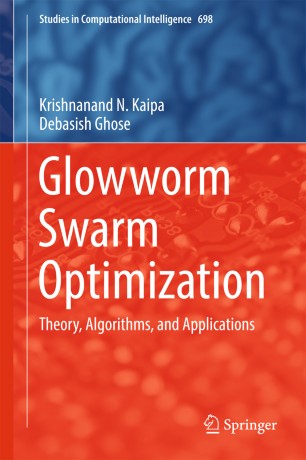
Free Download Glowworm Swarm Optimization: Theory, Algorithms, and Applications by Krishnanand N. Kaipa
English | PDF | 2017 | 265 Pages | ISBN : 3319515942 | 100.3 MB
This book provides a comprehensive account of the glowworm swarm optimization (GSO) algorithm, including details of the underlying ideas, theoretical foundations, algorithm development, various applications, and MATLAB programs for the basic GSO algorithm. It also discusses several research problems at different levels of sophistication that can be attempted by interested researchers.
E-Books → Fast Fourier Transform and Convolution Algorithms
Published by: voska89 on 1-01-2024, 21:51 |  0
0
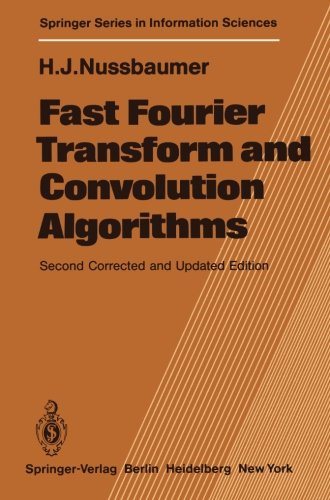
Free Download Fast Fourier Transform and Convolution Algorithms by Henri J. Nussbaumer
English | PDF | 1982 | 286 Pages | ISBN : 354011825X | 20.3 MB
In the first edition of this book, we covered in Chapter 6 and 7 the applications to multidimensional convolutions and DFT's of the transforms which we have introduced, back in 1977, and called polynomial transforms. Since the publication of the first edition of this book, several important new developments concerning the polynomial transforms have taken place, and we have included, in this edition, a discussion of the relationship between DFT and convolution polynomial transform algorithms. This material is covered in Appendix A, along with a presentation of new convolution polynomial transform algorithms and with the application of polynomial transforms to the computation of multidimensional cosine transforms. We have found that the short convolution and polynomial product algorithms of Chap. 3 have been used extensively. This prompted us to include, in this edition, several new one-dimensional and two-dimensional polynomial product algorithms which are listed in Appendix B. Since our book is being used as part of several graduate-level courses taught at various universities, we have added, to this edition, a set of problems which cover Chaps. 2 to 8. Some of these problems serve also to illustrate some research work on DFT and convolution algorithms. I am indebted to Mrs A. Schlageter who prepared the manuscript of this second edition. Lausanne HENRI J. NUSSBAUMER April 1982 Preface to the First Edition This book presents in a unified way the various fast algorithms that are used for the implementation of digital filters and the evaluation of discrete Fourier transforms.



